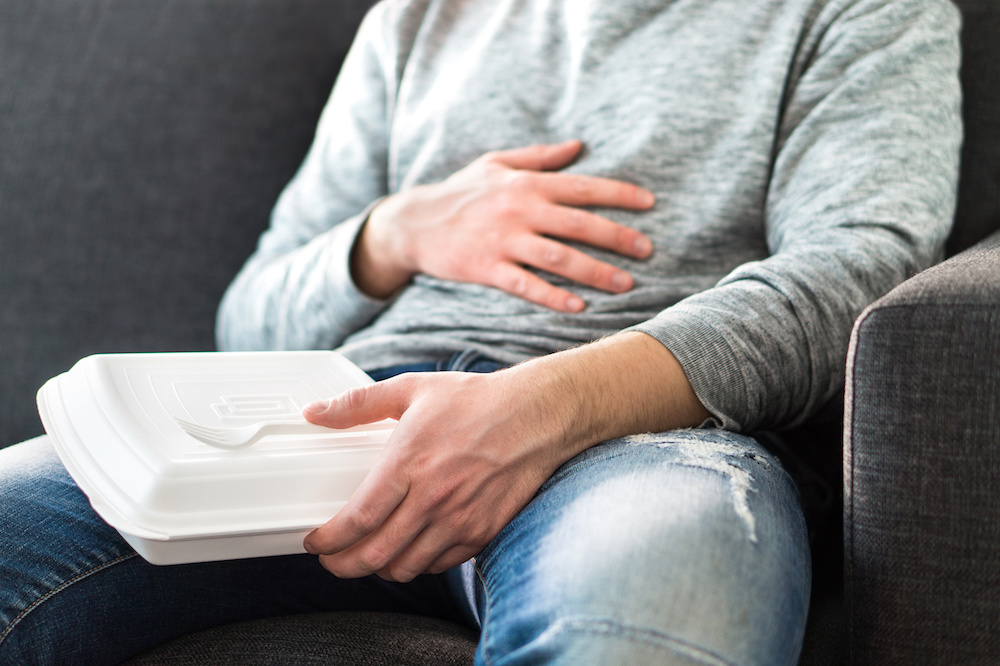Written by: Dr. Kim Feinstein, Psy.D., Clinical Psychologist and Weight Loss Specialist
In times of high stress and hardship, it can be easy to turn to food as a means of comfort. However, this can easily spiral out of control. As such, here are a few tips on how to avoid going down a negative path:
Delay
As the intensity of a craving builds, it feels like it will last forever. However, research indicates a craving typically lasts for about 25-30 minutes before subsiding. So, before you give in to your craving, I encourage you to delay as long as possible. If 25-30 minutes seems like eternity, start with 5-minute intervals and work your way up to 30 minutes. It gets easier the more you practice this!
Distract
While you are delaying, it is important to distract yourself with something pleasurable other than food! Try to do something that evokes an opposite emotion from the one that is triggering you. Some examples include reading a book or magazine, playing an enjoyable game on your computer, tablet, or phone, calling a friend.
Distance
While you are “delaying” and “distracting”, it is best to distance yourself from any food source. This will help minimize the likelihood of giving into the craving.
Determine
If the craving is still intense and the previous 3 D’s are not helping, I encourage you to determine, “How will eating make me feel in the LONG TERM?” We know that it will give you relief for only 20 minutes, before needing another “dose.” So ask yourself, “Is emotional eating in line with my goals?” “Why is weight loss and weight management so important to me?” See if you can self-talk your way to success.
Decide
If all of the above Ds are still not helping and you must indulge in your craving, decide the following:
- How much am I going to eat? Will I eat the entire bag of chips, or will I just have a few?
- Where am I going to eat? Am I going to eat it in my pantry, car, standing up, etc.? Or, am I going to eat at a table and enjoy the experience?
- How fast am I going to eat? Will I stuff the food in my mouth rapidly, or will I chew slowly and savor each bite?
- With what hand will I eat? I encourage you to eat with your non-dominant hand (i.e., if you are right-handed, eat with your left hand and visa versa). This will slow you down and prompt you to respond to your craving rather than react to it with old habits.
For more helpful tips and resources on how to navigate COVID-19 while staying on track with your health, read these related stories:
- What to do when food supply is limited because of the coronavirus
- 3 ways to make canned vegetables taste fresh
- How to shop for food during the COVID-19 pandemic
- Things to do when you’re stuck at home during the COVID-19 outbreak
- How to stay on track during the coronavirus pandemic

Dr. Kim Feinstein is a Licensed Clinical Psychologist and our Behavioral Weight Loss Specialist. She earned her Masters of Counseling degree from the University of Phoenix and earned her Masters and Doctoral degrees in Clinical Psychology from the Arizona School of Professional Psychology/Argosy University-Phoenix campus.







